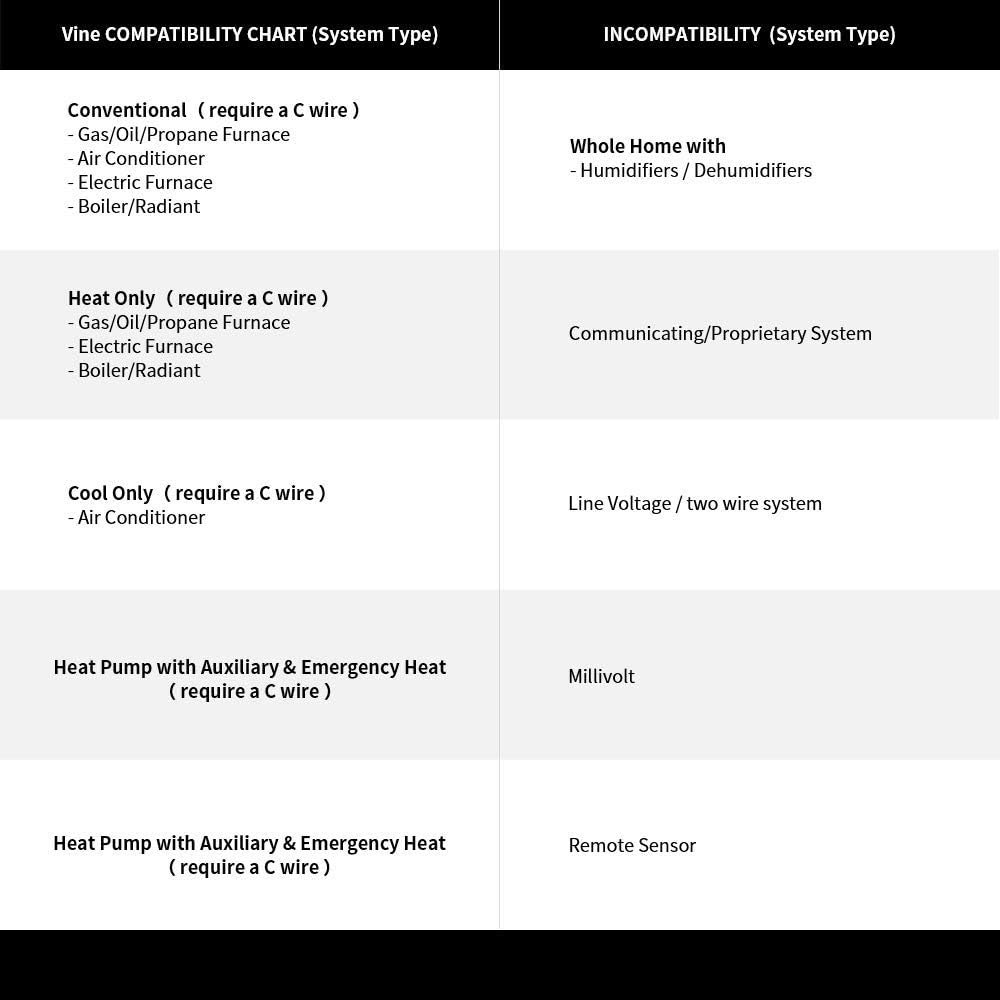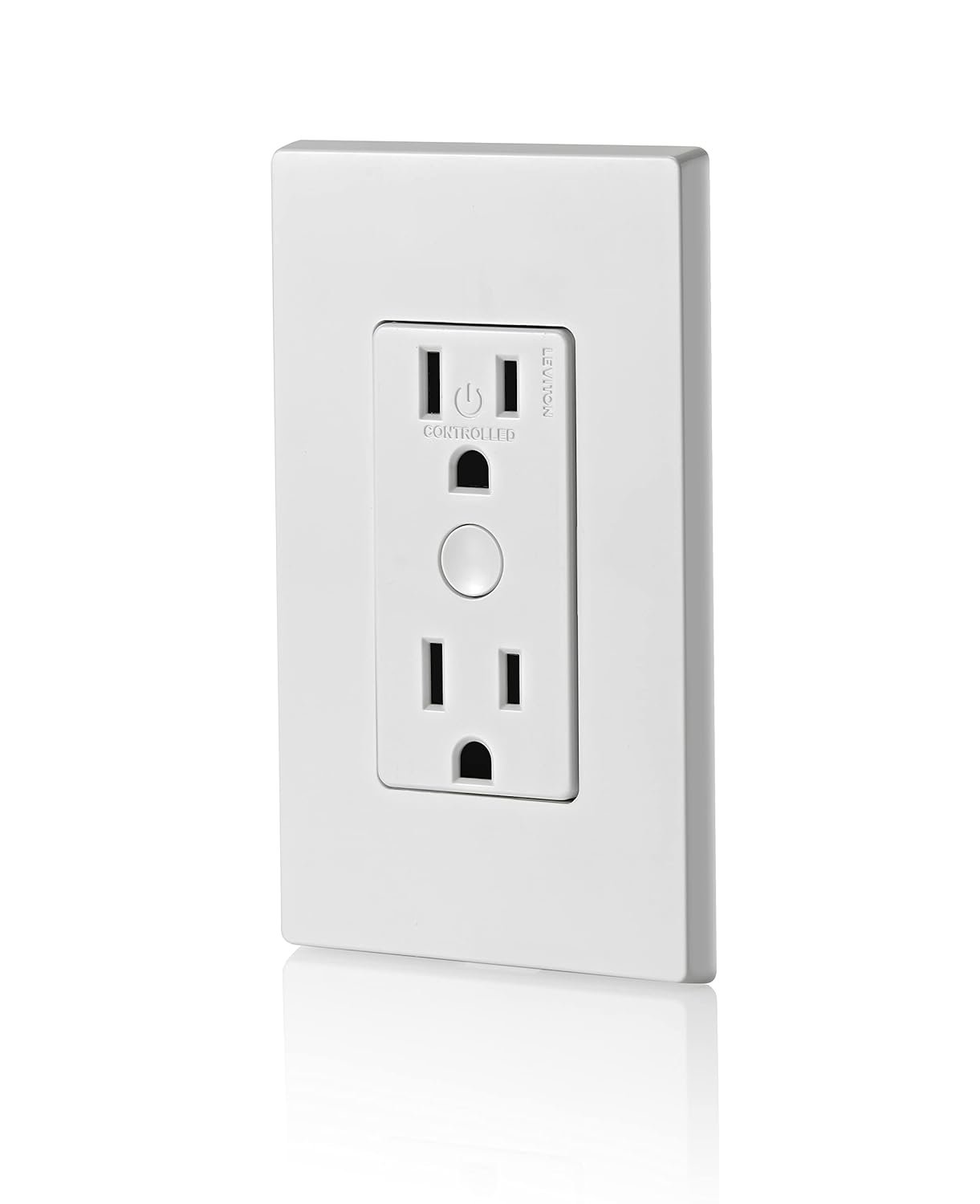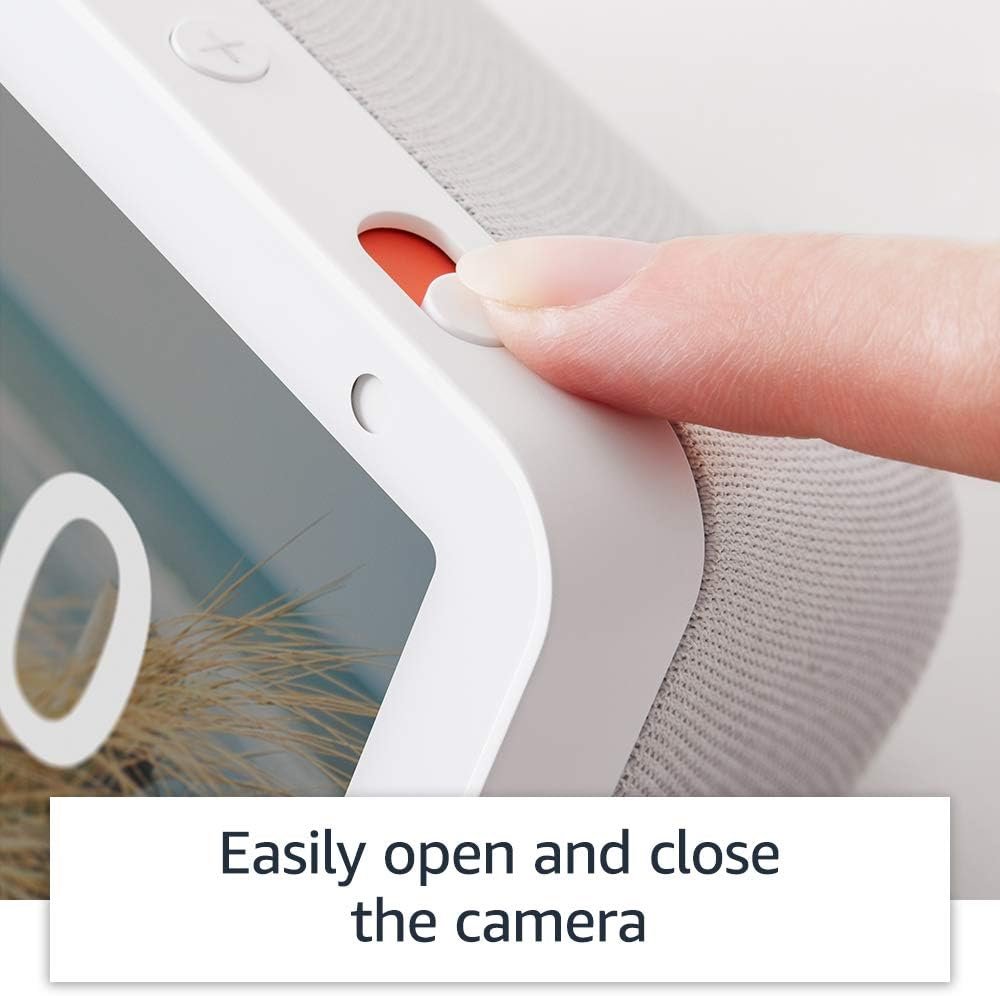Have you ever wondered how to transform your living space into a futuristic smart home without breaking the bank? Upgrading to smart technology can revolutionize the way you interact with your home, making it more convenient, secure, and energy-efficient. However, the perception that such upgrades are costly often deters many from embracing this transformative technology. Don’t let budget constraints stand in the way! In this guide, we’ll explore how you can plan a smart home upgrade on a budget, allowing you to create a connected environment that suits your lifestyle and financial limits.

Understanding Smart Home Technology
Before diving into upgrades, it’s essential to grasp what smart home technology entails. At its core, smart home technology involves the use of devices that connect to the internet to automate and manage various functions and features in your home. From thermostats that learn your temperature preferences to smart bulbs you can control with your voice, the possibilities are vast and continuously expanding.
Definition and Overview of Smart Home Devices
Smart home devices are varied and plentiful, catering to nearly every aspect of modern living. Here are some categories to consider:
- Smart Lighting: These include bulbs, switches, and plugs that you can control remotely or program through apps.
- Smart Security Systems: Cameras, doorbells, and locks that provide security and peace of mind.
- Smart Thermostats: These adjust automatically to reduce energy consumption and suit your preferences.
- Smart Speakers and Voice Assistants: Devices like Amazon Alexa, Google Assistant, and Apple HomeKit that control various smart devices with your voice.
- Smart Appliances: Refrigerators, ovens, or washers that can be started remotely or send alerts to your phone.
Understanding these basics will help you decide which devices align with your priorities and offer the best value.
Cost and Value Considerations
It’s natural to be concerned about the costs and returns associated with smart home devices. Let’s break down the investment aspects.
Installation Costs and Savings
While some devices require professional installation, many are designed for easy self-installation, reducing upfront costs. In terms of long-term savings, consider smart thermostats that learn your schedule and temperature preferences to optimize heating and cooling, thus lowering energy bills.
Return on Investment (ROI)
Investing in smart home technology can increase property value, an important factor for real estate investors or homeowners looking to sell. Moreover, many devices, like smart security systems, contribute to peace of mind, which is invaluable.
Comparing Costs, Features, and Benefits
With so many smart devices in the market, it can be overwhelming to choose which ones to adopt. Let’s compare some popular smart home solutions based on cost, features, and potential benefits.
| Device Type | Cost Range | Key Features | Benefits |
|---|---|---|---|
| Smart Lighting | $10 – $100 | Remote control, scheduling, color change | Energy savings, ambiance settings |
| Smart Thermostat | $100 – $300 | Learning capabilities, remote access | Reduced energy bills, comfort |
| Smart Security | $50 – $500 | Video surveillance, alerts, remote access | Safety, peace of mind |
| Smart Speaker | $25 – $200 | Voice control, streaming, smart hub integration | Convenience, music streaming |
| Smart Plugs | $20 – $50 | Remote control, scheduling | Energy savings, automation |
When planning your upgrade, evaluate which devices align with your specific needs and whether they fit within your budget.
Practical Setup Guides
Once you’ve settled on which smart devices to incorporate, the next step is installation. Fortunately, many smart devices are designed for ease of use and integration.
Step-by-Step Installation Instructions
Here’s a simplified guide to installing a smart thermostat, which is a popular choice for beginners:
- Turn off Power: Ensure the power to your HVAC system is turned off.
- Remove Old Thermostat: Carefully remove the cover and unscrew the existing thermostat from the wall.
- Label Wires: Use labels to mark the wires as you disconnect them.
- Mount New Thermostat: Install the base and connect the wires to the new thermostat as per instructions.
- Attach Faceplate: Secure the faceplate to the base.
- Restore Power and Setup: Turn the power back on and follow the device instructions to connect to Wi-Fi and set preferences.
Tips for Seamless Integration
- Check Compatibility: Ensure your chosen devices are compatible with each other and with your home network.
- Utilize Apps and Voice Control: Make the most of manufacturer apps and voice assistants to control and monitor devices efficiently.
- Start Small: Begin with one or two devices to learn and adapt before expanding your ecosystem.

Security and Privacy Considerations
As convenient as smart home technology is, it’s vital to prioritize security and privacy.
Potential Risks and Safety Features
Smart devices, being internet-enabled, can be susceptible to hacking if not properly secured. To enhance security:
- Use Strong Passwords: Set unique and complex passwords for each device.
- Enable Two-Factor Authentication: This adds an extra layer of security.
- Regular Software Updates: Keep your device firmware updated to protect against vulnerabilities.
Best Practices for Secure Smart Home Environment
- Create a Guest Network: Using a separate network for your smart devices can add an extra layer of security.
- Disable Features You Don’t Use: If a device has features you aren’t using (like a camera), disable them to limit vulnerabilities.
Energy Efficiency and Sustainability
Many people turn to smart home devices to enhance their energy efficiency. Here’s how these devices make your home more sustainable.
Contributions to Reducing Energy Consumption
Smart thermostats can reduce energy waste by learning your schedule and adjusting temperatures automatically. Smart lighting can be programmed to switch off when not needed, cutting unnecessary electricity usage.
Environmentally Friendly Options
Some devices are specially designed to promote sustainability, such as solar-powered security cameras or energy-efficient smart bulbs. Look for certifications such as Energy Star when purchasing devices to ensure they’re environmentally friendly.
Compatibility and Connectivity
With so many different smart devices available, ensuring compatibility is crucial for a seamless smart home experience.
Interacting with Various Platforms
Most smart devices work with common platforms or hubs that serve as the central control point, like Amazon Alexa, Google Home, or Apple HomeKit. Check for compatibility not only with existing devices but also with the ecosystem you plan to build.
Choosing the Right Connectivity Options
Devices use different connectivity methods like Wi-Fi, Zigbee, or Z-Wave. While Wi-Fi is popular, consider devices using other protocols if you need a more stable connection or plan on connecting numerous devices.
Future-Proofing and Innovation
The smart home industry is fast-evolving, which means it’s worth considering future trends when planning your upgrades.
Exploring Emerging Trends
Keep an eye on developments such as:
- AI Integration: Improved learning and adaptive capabilities of devices.
- Enhanced Interconnectivity: Seamless interactions between different systems and brands.
- Sustainability Focus: More eco-friendly smart home solutions.
Planning for Future Needs
Consider investing in devices that are not only currently useful but also adaptable to new standards and features as they become available. A small initial investment in versatile devices can offer long-term usability.
Determining Smart Home Investments
Finally, it’s crucial to evaluate how smart technology investments fit within your financial and personal goals.
Aligning Purchases with Needs and Budgets
- Prioritize Needs Over Wants: Identify the devices that address your primary concerns, such as security or energy efficiency, and prioritize these in your budget.
- Phased Implementation: Consider a phased approach to integrating devices, spreading the cost over time and allowing you to assess each item’s value.
Cost-Benefit Analysis
Assess the overall impact of smart home devices on your lifestyle and utility savings. Analyze payback periods and any potential increase in property value.
Conclusion
By understanding the intricacies of smart home technology and planning carefully, you can achieve a smart home upgrade that is both effective and budget-friendly. Evaluate your needs, research devices, prioritize security, and keep an eye on future trends to create a smart living environment that offers convenience, safety, and sustainability. With thoughtful planning, your smart home transformation is not just a distant dream, but an achievable reality. Remember, the journey to a smarter home begins with informed and deliberate choices.




